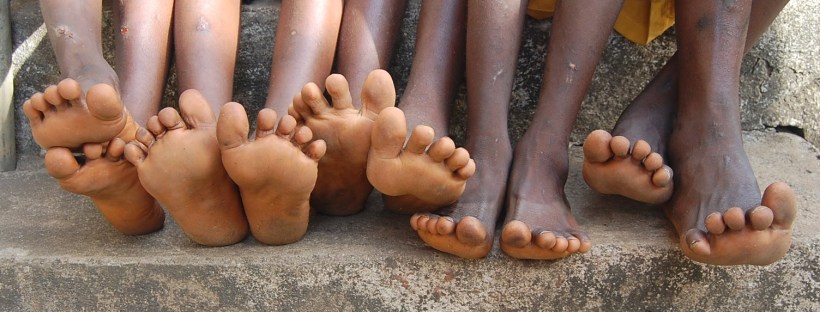By Suzy Campbell
Schistosomiasis is challenging and complex whichever way you look at it! From its five-syllable name, to its subtle but extensive disease burden, to its lifecycle in aquatic and mammalian hosts, to its control with preventive chemotherapy and – dare we hope – to its elimination by intersectoral action.
Take for example the schistosomiasis life cycle (see below). It’s so complicated that despite many attempts it was only unravelled 100 years ago, by a parasitological pioneer, Robert T. Leiper. Before this, it was not known that there was more than one type of schistosomiasis. Added to this the snail hosts’ roles were not clear and as a result little could be done to develop control strategies in any meaningful way. This meant that schistosomiasis struck fear in the hearts of many.

There are so many interesting points to emerge from Leiper’s work. He first identified the separate African schistosome species; a contribution of tremendous value to parasitology because one (Schistosoma mansoni) is linked to intestinal schistosomiasis and the other (Schistosoma haematobium) to urogenital schistosomiasis.
Importantly, Leiper also identified and applied simple water safety measures as versatile ways to reduce schistosomiasis transmission. This included simple filtration, water boiling, use of disinfectants and resting water for 24 hours before use. In addition, his clarification of the snail intermediate hosts paved the way for attempts to remove or destroy the snails. These were all practical control strategies which were useful in schistosomiasis control, well in advance of deworming tablets being developed. All that was needed was a little patience and adequate temporary water storage.
Roll forward 100 years. Some things have changed. We are very fortunate in that we have very effective deworming tablets, although they only reach a small portion of the people who need them, and possibly not at the right frequencies to sufficiently control disease.
However, some things have not changed. The subtle morbidity of schistosomiasis is still under-recognised: for example the clinical significance of schistosomiasis in very young children and the importance of female and male genital schistosomiasis. Environmental strategies, such as water safety measures, seem to have largely been forgotten. In particular, our behaviour and perceptions of how water is used should be questioned. Water is not always safe (see below). Until we recall the prior knowledge imparted by the likes of Leiper, schistosomiasis should still strike fear in our hearts. It will not go away.
This is a village in Cameroon, showing a public tapstand as an improved water supply. But ‘run off’ water flows as an open stream, continuing through the centre of the village. Had a snail intermediate host been residing in this stream, schistosomiasis could have been prevalent despite the improved water source. (Photos: R. Stothard, S. Campbell)
A newly-released Special Issue Review in Parasitology gives an entertaining and thorough biography of Leiper’s contributions to parasitology and the developing field of ‘medical malacology’. This review covers 100 years of the history – and at times controversy – since Leiper’s elucidation of the Schistosoma life cycle and development of practical control strategies. The review goes on to illustrate how Leiper’s contributions still have relevance today, indicating a need for integrated control mechanisms, and introducing the COUNTDOWN research consortium which focuses on implementation research to provide tangible health improvements.
Globally, there is a paradigm shift for schistosomiasis, from morbidity control to transmission control, and eventual elimination as a public health problem. More than ever we are going to need to be guided by integrated and broad-based control strategies. This has been well-recognised by the World Health Organization (WHO), with their recent release of the Water, Sanitation and Hygiene (WASH) for Neglected Tropical Diseases (NTDs) Global Strategy 2015-2020. This calls for intersectoral collaboration to address NTDs by augmenting current control programmes with additional WASH activities.
Progression of a global NTD integration agenda is being increasingly recognised by NTD practitioners, researchers, and other policy makers. International consortia, such as the Schistosomiasis Control Initiative, and now COUNTDOWN, will play a part in driving this agenda. Some of the integration and WASH concepts will be elaborated upon at the annual COR-NTD meeting in November 2016. Work is also progressing within COUNTDOWN on two manuscripts to address aspects of environmental frameworks for schistosomiasis transmission control. The imperative lies with all NTD partners to ensure that Leiper’s work will continue resonating true today.
Find more information on COUNTDOWN’s activities.










 By Linda Waldman
By Linda Waldman



